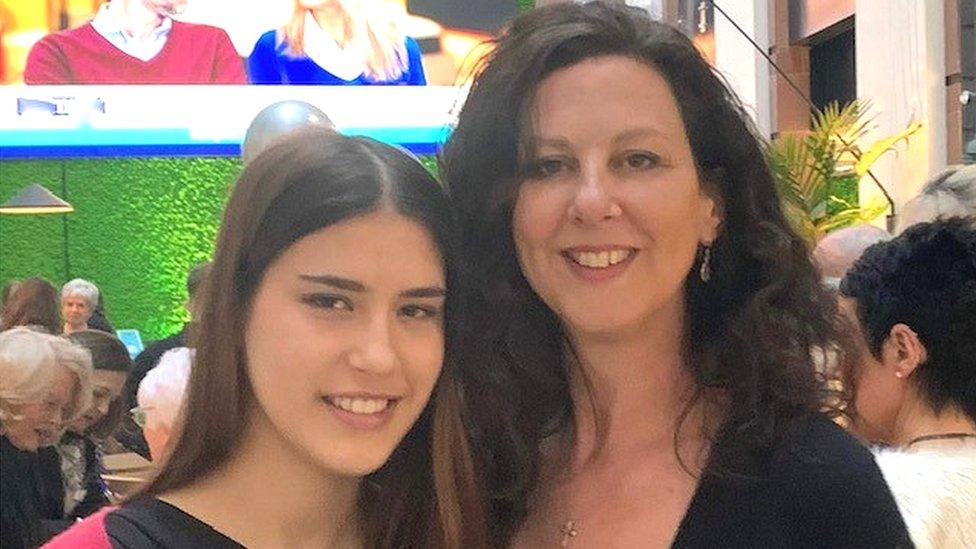Family pride as council backs plan for Elsie Inglis statue
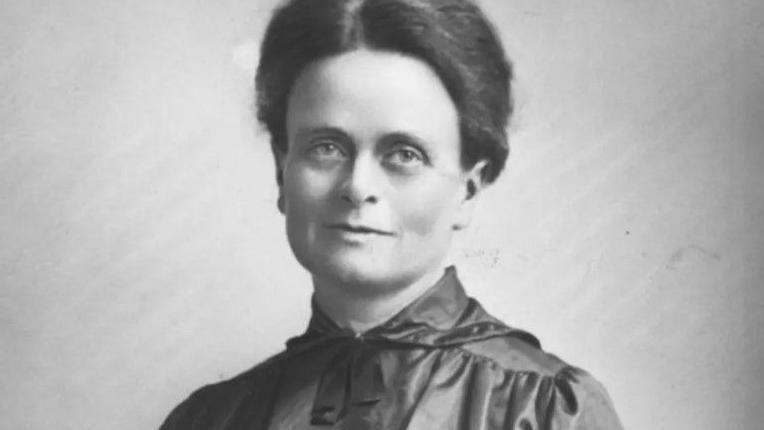
Dr Elsie Inglis established 17 Scottish Women's Hospitals across Europe during World War One
- Published
The great-great-great niece of Dr Elsie Inglis says she is delighted a statue of the pioneering doctor is to be built in Edinburgh after councillors approved the plans.
Clea Thompson told BBC Scotland News it was a "great moment for women" as it would be the first statue of a women on the Royal Mile.
Dr Inglis established maternity services for poor women in Edinburgh before setting up all-women hospitals that supported Britain's allies during World War One.
The plans had caused controversy because an open competition to find an artist to create the statue was suddenly closed when the job was given to royal sculptor Alexander Stoddart.
Campaigners also objected to Mr Stoddart's designs showing Dr Inglis in her uniform for the Scottish Women's Hospitals for Foreign Service - rather than showing her links to her maternity work in Edinburgh.
And they said the statue should have been designed by a woman and that there should be a plaque explaining her family wealth is linked to the slave trade.
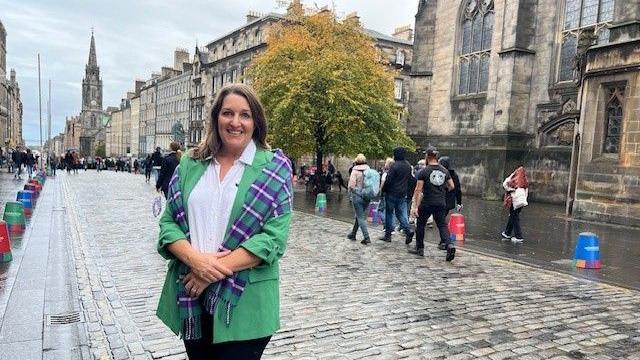
Dr Clea Thompson told BBC Scotland it was a 'great moment for women'
Dr Thompson said: "I think it was quite an astonishing pivot from the opposition campaign that had previously been championing Elsie Inglis to suddenly seek to denigrate her reputation.
"All she was and all she stood for was equality.
"She never sought accolades for herself ever and always mentioned other people's achievements and even when she was dying, she was fading in and out of consciousness and she was being told how extraordinary her achievements were, she said 'not me, my unit'."
The 51-year-old added: "So the statue is not for our family. We were persuaded that this was a bigger story about women and was a story that other people could learn about and be inspired from.
"So even though Elsie would be quite aghast, it represents not just her, it represents 1,500 women who served in the Scottish Women's Hospitals for Foreign Service.
"And it's about Scotland celebrating their leading suffragist and working towards greater equality between women and men and that is an incredible thing to be celebrating today."
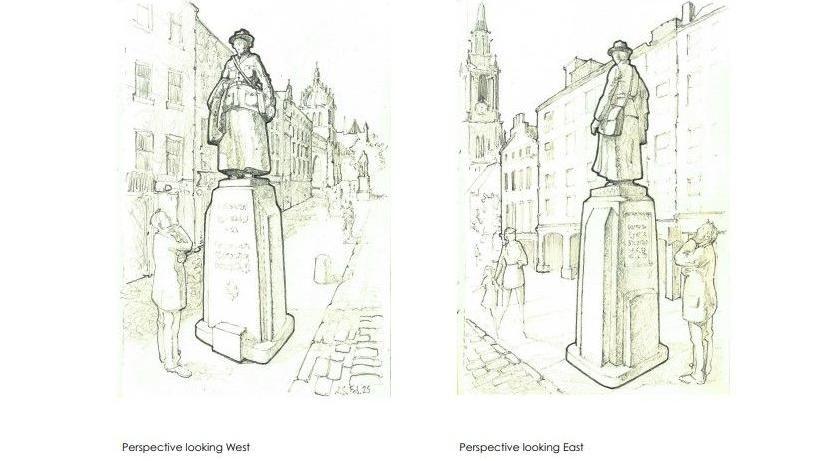
City of Edinburgh Council received 237 messages of objection to the statue, as well as 408 in support.
But councillors at the City of Edinburgh Council's development management sub committee voted 7-2 in favour of the statue during a meeting on Wednesday.
They also ruled out a council officials' recommendation to have a lower plinth than in Stoddart's drawings.
Dr Inglis, who was born to a wealthy family in 1864, was a prominent campaigner for votes of women and it was through the suffrage movement that she began to raise money to send out female doctors, nurses, orderlies and drivers to the front line.
Elsie raised the equivalent of £53m in today's money and over the course of the war set up 14 hospitals, staffed by 1,500 women who volunteered from all over Scotland, and later from New Zealand, Australia and Canada.
The statue, which is to be paid for by donations, will be placed at New Assembly Close opposite the commemorative plaque at 219 High Street where Dr Inglis opened The Hospice maternity hospital in 1904.
Related topics
- Published25 September
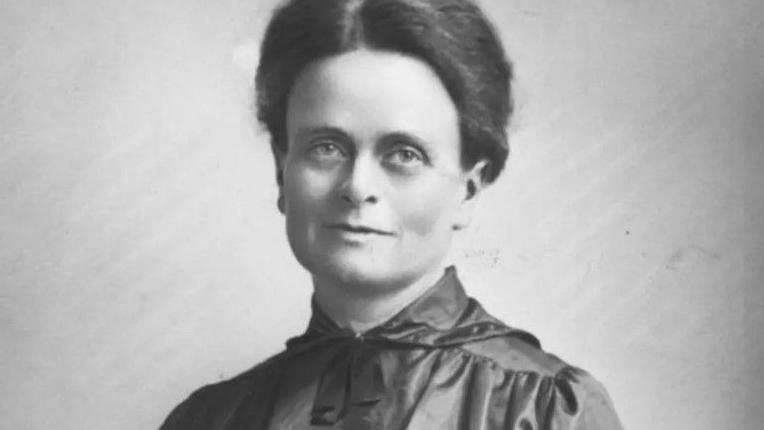
- Published23 October 2022
